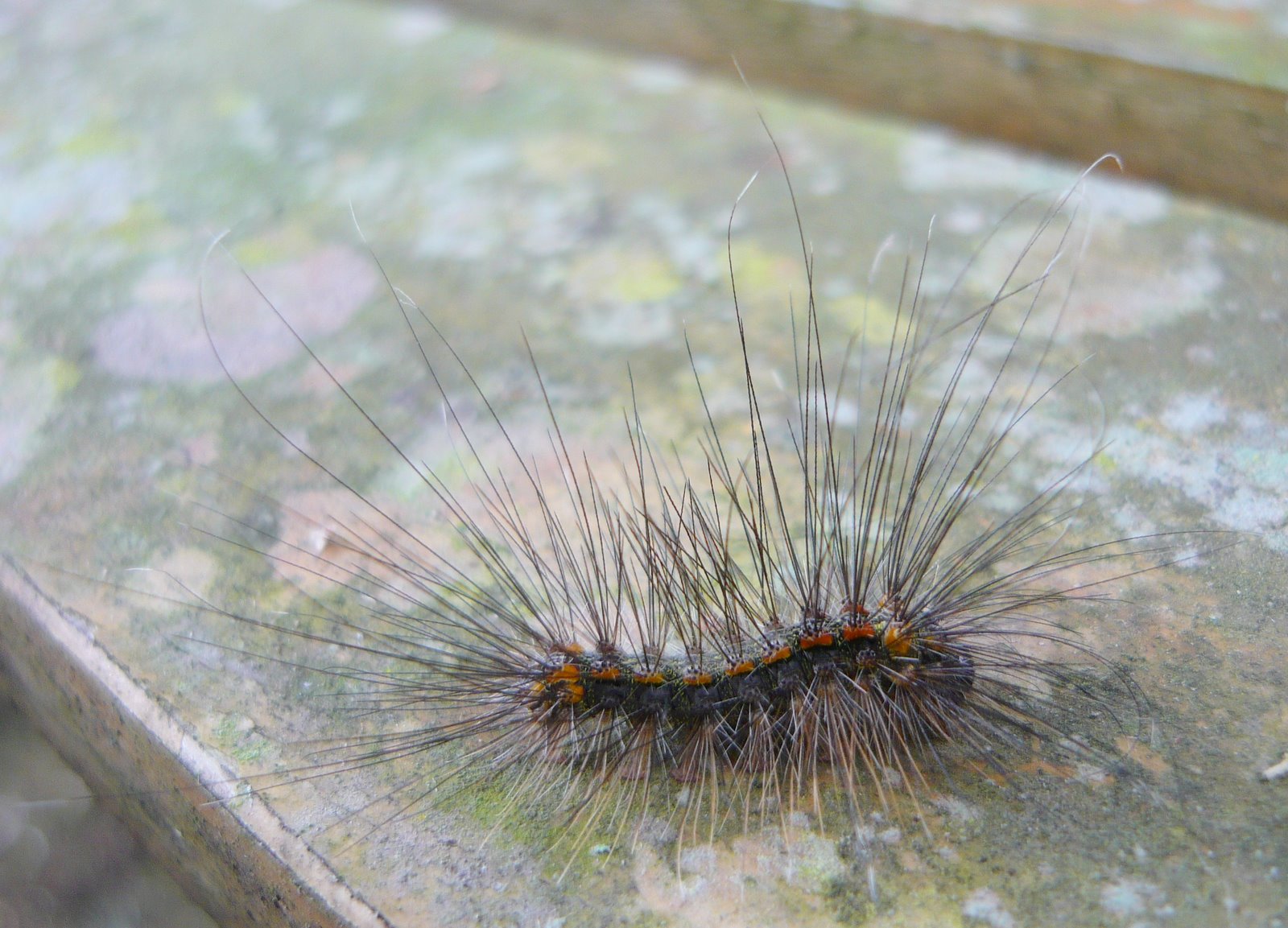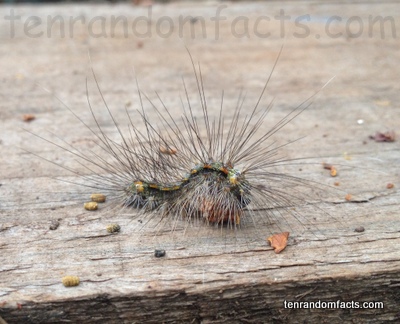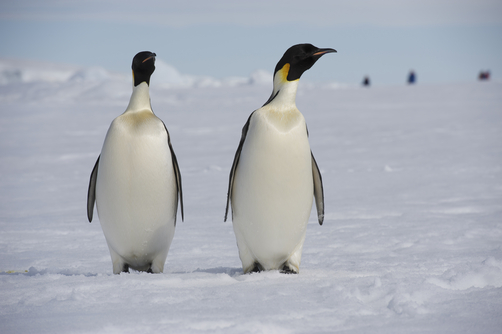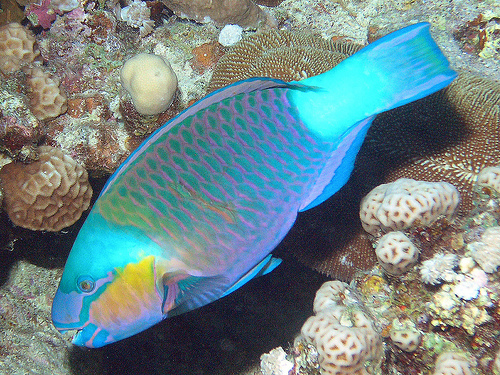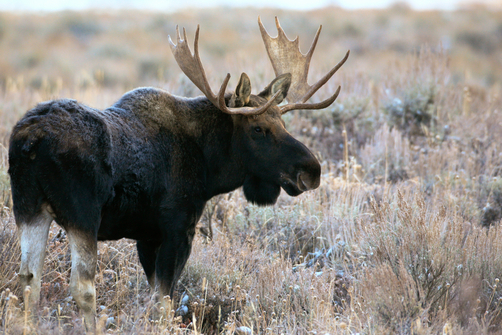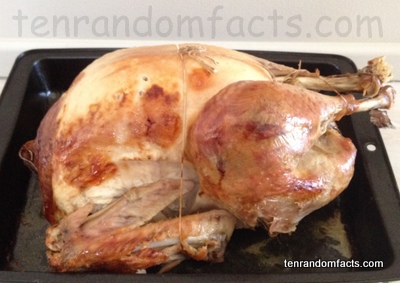
No Thanksgiving or Christmas is complete without turkey meat!
- Turkey meat is the cooked meat of turkey, particularly those that are bred on a farm.
- Turkey meat is commonly eaten at popular celebrations, such as Thanksgiving (USA and Canada) or Christmas, with nearly 8 million turkeys eaten at Christmas time in the UK, in 2009.
- Most parts of turkey meat are eaten, except the bones, head, feathers and feet, and they can generally be bought whole or ground, with other cuts being available sometimes, as well as already cooked sliced meat.
- Once cooked, turkey meat from wild turkeys is typically dark-coloured, while domestic meat is usually light-coloured, and the wild turkeys often have a great flavour than the domestic ones.
- Turkey meat started to be used in celebrations from as early as the 1500s, originally in England.
- Frozen, whole turkey meat generally takes a considerably long time to defrost, and it can take 3 days or more, depending on the size of the bird.
- Turkey meat is generally cooked by a baking or oven roasting process, although sometimes it is deep-fried, and whole birds are usually stuffed, while the meat is often served with the addition of cranberry sauce or gravy.
- Turkey meat has a high protein content, more than most commonly eaten meats, and is also high in vitamin B6, niacin, zinc, selenium and phosphorus.
- Turkey meat contains an amino acid named tryptophan, which causes sleepiness, but the quantity eaten in one meal is not as likely to make you drowsy, than the rest of the carbohydrates and fats on one’s plate.
- The English author, Charles Dickens, helped to make turkey meat popular, due to turkey featuring in his novel ‘A Christmas Carol’.
Bibliography:
History and Lore, 2013, Turkey for the Holidays, http://urbanext.illinois.edu/turkey/history.cfm
Turkey Meat, 2013, Wikipedia, http://en.wikipedia.org/wiki/Turkey_meat






